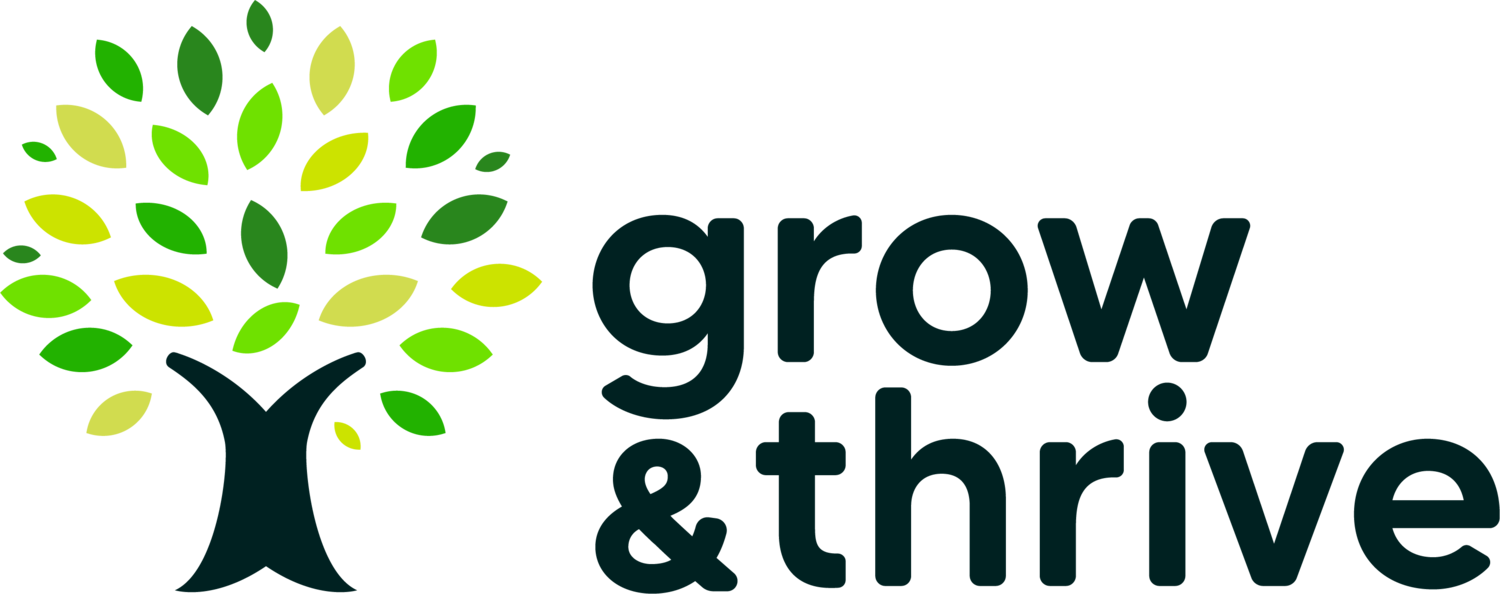Communication - it's a 2 way street (aka you will only hear someone's voice if you are listening).
two way street sign
I love those moments where I make connections in my thinking about communication and can put them into words to explain to others - today was one of them!
This afternoon I was giving a whistle-stop tour of communication to music therapy trainees BAMT (British Association of Music Therapists) at a pre-conference event in Glasgow. We covered masses (the communication ladder, expressive v/s receptive communication, moving from pre-intentional to intentional communication) - phew no mean feat in 45 minutes.I started off asking "what is Communication anyway?" and the students gave me lots of ideas. At the heart of it seemed to be the idea of "exchange" and a "2-way process". There was agreement that communication is indeed about exchange and connection at its heart.
We moved on to explore the "Communication Ladder" and looked more specifically at pre-intentional communication (see definition below).
Pre-intentional communication is "behaviour that is not yet used to communicate intentionally, but reflects his general state." Rowlands, Communication Matrix
And one of the students asked a fantastic question: How can this (the involuntary and pre-intentional) really be communication as surely it's not two-way? We talked further and I gave some examples:
Is the newborn baby gurning in its car seat communicating? The parents would think so as they respond and interpret the nappy change required and set out the change mat. The message was not intentionally given but there is a human message at the heart.
Is the teeny tot with scarlet cheeks howling with pain communicating? The parents would think so as they see to it with teething gel and cuddles - interpreting cutting teeth. Baby doesn't realise she is conveying a message - but she is. Everyone in the room recognises this and know that we need to learn the language of gooing and gaahing and squawking.
The crux of what makes this communication (and that 2-way exchange) comes in the second half of the definition:
"Caregivers interpret the individual's state from behaviours such as body movements, facial expressions and sounds". Rowlands, Communication Matrix.
We automatically interpret for our newborn infants. So how does this translate to other situations?
We talked about the pupil with profound disabilities in a wheelchair banging their fist on the tray all day long - staff say they do this all the time so they remove the tray. Is that pupil communicating? And I would say yes - they are communicating - very definitely they are in dialogue with themselves. Maybe also this pupil is repeating how she learned to say "more" way back when (before that skill was forgotten in the mists of time as staff changed).
The child with autism stood in the garden flapping the ribbons and clicking with their tongue - are they communicating? Yes I answer again. It's maybe just a code that is too complex for us, or it's inner dialogue made outer just like the way I talk to myself when I am busy.
Yes, these are all examples of communication. But for it to be a 2-way street we need to be listening. The breakdown lies with us as the communication partner. The problem is that we are not hearing or understanding the language, we have not broken the code, or we have not listened with the right filter on. Or simpler than that we are just not listening. We are the communication breakdown.With teeny babies we all know that we need to decode their language of coos and gurgles, and we dedicate ourselves to the job. We step up as the communication partner and make it a 2-way thing (we coo back, we mirror, we echo). So this was my "aha" moment and where I visibly saw the penny drop for the students. It CAN all be communication but maybe that child or adult who speaks a code or language you don't understand needs YOU to receive, to listen, to hear their "voice".This felt such a refreshing way to see/explain it. The onus is on us to learn the language - just as we do with teeny tots. Communication is a 2-way street and needs us to listen to the messages we don't realise we are hearing. We need to be realistic too: we may never be able to understand all the messages, we may not be able to speak their language fluently but, when we listen, we give it meaning and we enable it to truly be communication.
Jude Philip

